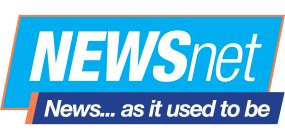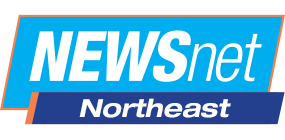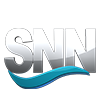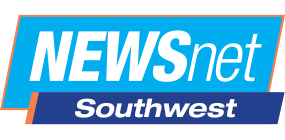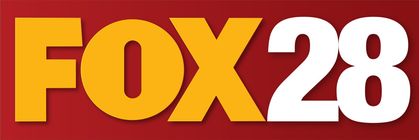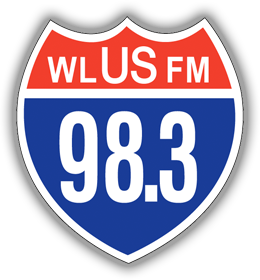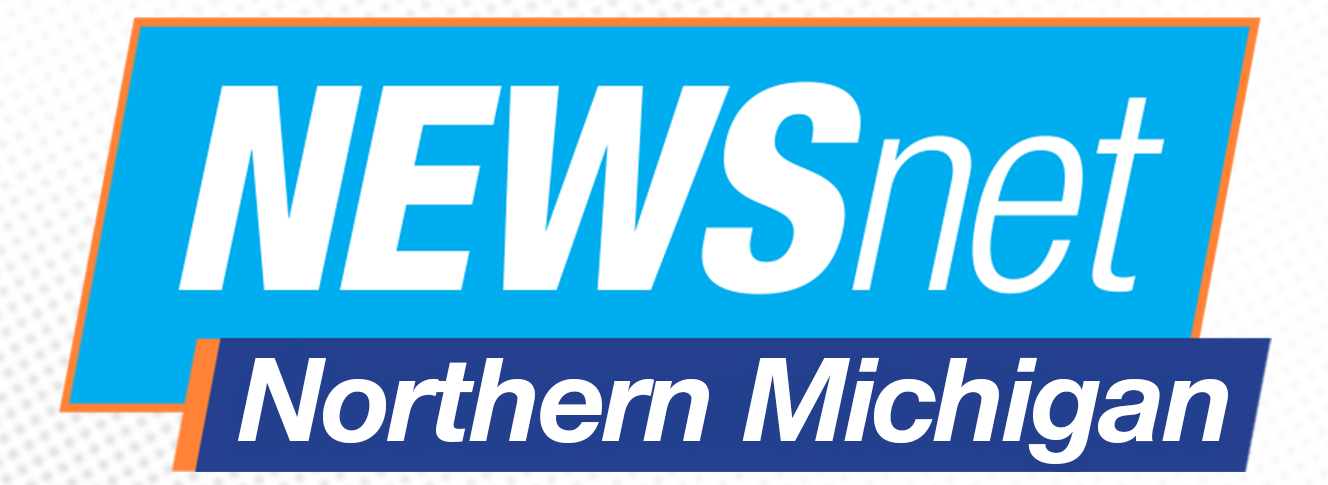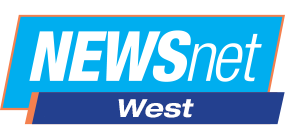PracticeForces on What You Need to Know About Remote Patient Monitoring
As the access to care expanded during the height of the COVID-19 pandemic, so did techniques and medical practice technologies for addressing patient concerns and monitoring patient health. Though it existed well before that time, remote patient monitoring (rpm) grew in popularity and utility. Because remote patient monitoring can help medical practitioners and patients in several ways, PracticeForces wants to inform providers about what it is, how it works, and its many benefits.
What Is Remote Patient Monitoring?
Remote patient monitoring involves using electronic tools to record and monitor a patient's health and medical information. The medical provider can track acute and chronic conditions and arrange necessary treatment, reviewing patient data in one location, such as within the clinic, while the patient is in another, such as at home.
How Does Remote Patient Monitoring Work?
Remote patient monitoring can and does exist in numerous devices. Medical professionals can track symptoms and conditions, including weight fluctuation, high blood pressure, sleep apnea, diabetes, heart conditions, and many more, using scales, blood pressure monitors, wearables like smartwatches, and other monitoring devices. By coding an rpm program into a piece of technology, it can instantly become a practical monitoring device, meaning remote patient monitoring will continue to expand.
What Are the Benefits of Remote Patient Monitoring?
The most crucial benefit of remote patient monitoring is its production of better health outcomes. For those with ongoing medical needs, providers can continuously monitor patient health without requiring constant clinical visits. Patients who aren’t able to travel or lack the necessary means of transportation still receive attention, and the risk of worsening conditions due to infection from public contact lessens.
Another benefit of remote patient monitoring is its ability to free up space and reduce wait time for severely ill patients in hospitals. Providers can prioritize urgent cases while keeping track of other ongoing conditions.
Remote patient monitoring also reduces costs for patients and providers. It eliminates transportation costs for many patients and cuts expenses and penalties associated with readmission.
About PracticeForces
PracticeForces is a physician practice management company dedicated to helping medical practices thrive. They help boost efficiency, growth, and revenue so that providers can focus on their patients at all times.
Through solutions like remote patient monitoring, PracticeForces assists medical facilities in operating at their highest capacities. PracticeForces’ management services lead to better medical experiences for both patient and provider. Call today at (727) 499-0351 to learn more.



